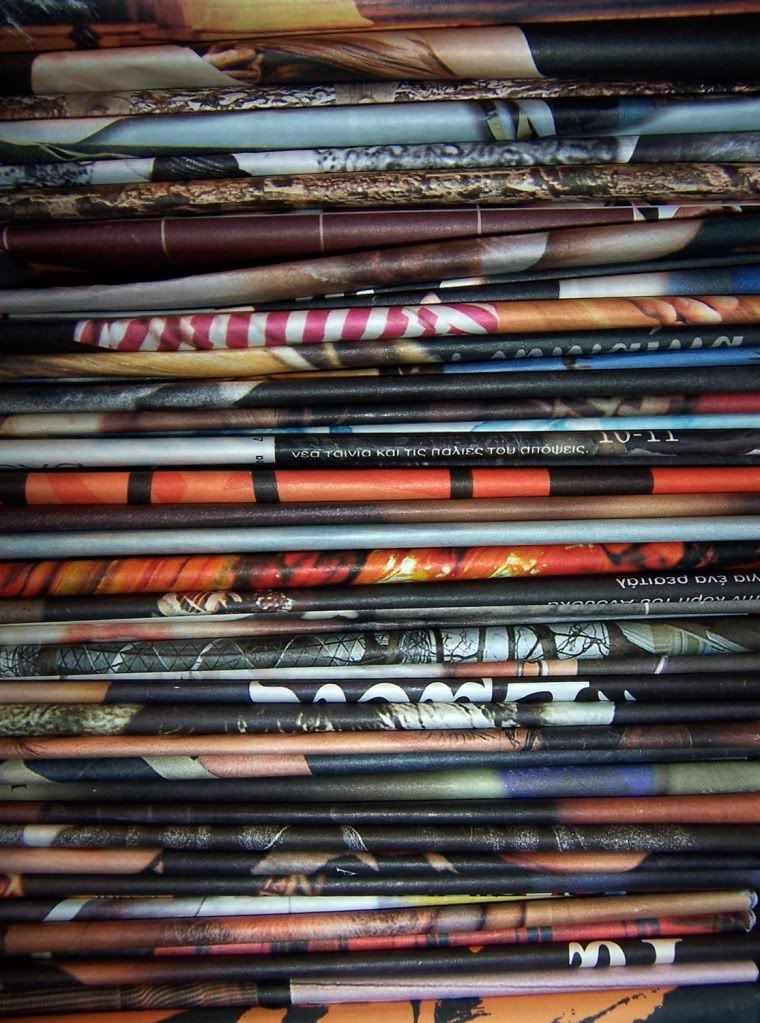Paper is an important part of people’s lives. Without it, there’s probably no way of recording details of our history, preserving memories of bygone eras, and communicating our heart’s desire. Opisina.com.ph is as curious about office supplies as its dear customers, which is why it has taken an extra effort to look into the paper-making process so that you, dear reader, can learn about it too.

Sources of Paper Paper is made from refined wood fibers sourced from pulpwood logs, sawmill scraps (parts of logs that can’t be made into lumber), and recycled paper. The fibers will undergo a rigorous physical and chemical refinement process to make it suitable for a variety of use. Most papers are made from brand-new wood fibers. Some paper, however, especially specialty papers like stationeries are made from cotton and other plant fibers. Synthetic materials such as latex and polyolefine are also used to make paper waterproof as can be seen in maps and in some envelopes. Inside the Paper Mill Making paper at home makes use of virtually all the steps used in the paper-making process of gargantuan paper mills; the only difference is that the paper plants make use of towering, state-of-the-art machines for extracting wood and turning it into pulp whereas basins and simple filtering screens are used at home. The first step in the paper making process is breaking down the wood into a blob of cellulose fibers. Wood chunks are put into “pulp digesters” where they are fed with chemicals and steamed. The process also includes removing lignin from the fibers, which is a naturally occurring glue in wood that holds the cellulous fibers together. Once the refinement process is done, the paper pulp will be filtered and fed into the “real” paper-making machine that will shape it. The raw paper bits are sprayed into a fast-moving wire screen that moves along the plant at around 60 mph. This causes the pulp to dry up faster, forming mats of paper in the process. While still damp, the paper then passes through a series of hot and heavy cast iron rollers that flattens the paper’s surface to make it uniform in size and thickness. The finished product is then rolled onto a spool or cut into different sizes as ordered by paper product companies. If you want to know more about paper, you can read our articles on the history of paper and the different types of paper in our Journal. Explore our various paper products today: 

 Epson Photo Paper Flip Chart Pad Columnar Pad
Epson Photo Paper Flip Chart Pad Columnar Pad

